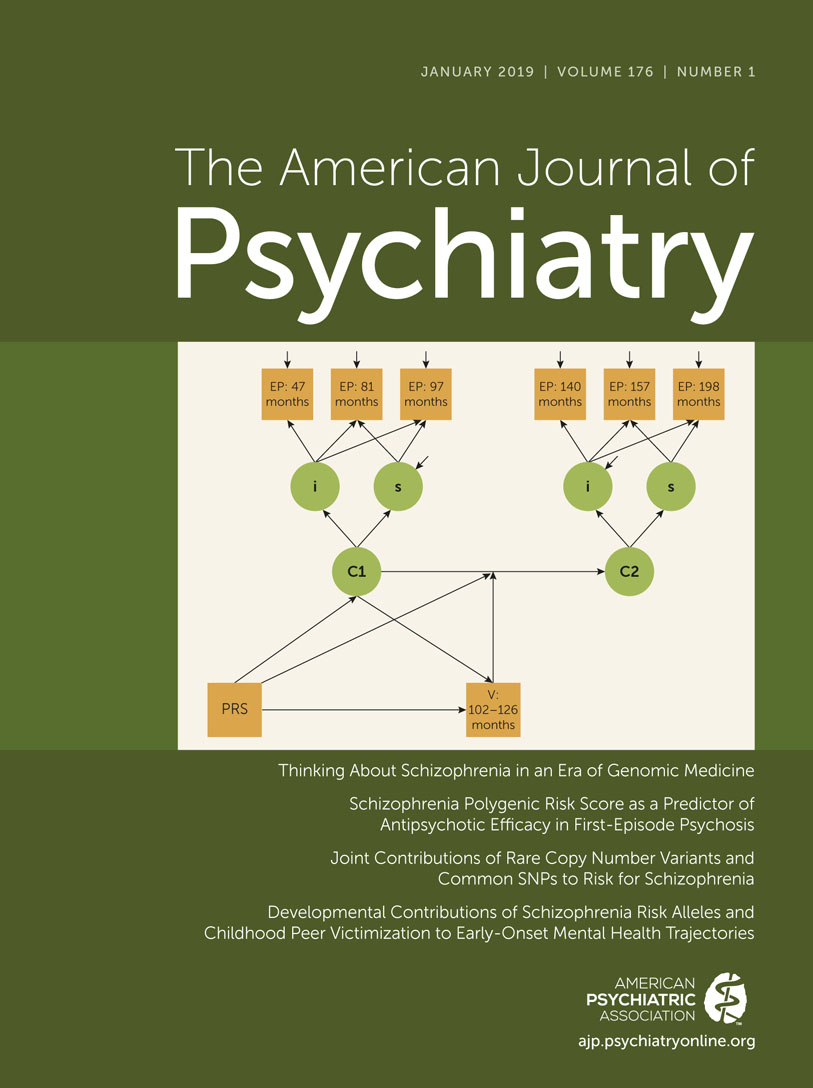Brain Mechanisms of Attention Orienting Following Frustration: Associations With Irritability and Age in Youths
Abstract
Objective:
Childhood irritability is a common, impairing problem with changing age-related manifestations that predict long-term adverse outcomes. However, more investigation of overall and age-specific neural correlates is needed. Because youths with irritability exhibit exaggerated responses to frustrating stimuli, the authors used a frustration functional MRI (fMRI) paradigm to examine associations between irritability and neural activation and tested the moderating effect of age.
Method:
The authors studied a transdiagnostic sample of 195 youths with varying levels of irritability (disruptive mood dysregulation disorder, N=52; anxiety disorder, N=42; attention deficit hyperactivity disorder, N=40; and healthy volunteers, N=61). Irritability was measured by parent and child reports on the Affective Reactivity Index. The fMRI paradigm was a cued-attention task differentiating neural activity in response to frustration (rigged feedback) from activity during attention orienting in the trial following frustration.
Results:
Whole-brain activation analyses revealed associations with irritability during attention orienting following frustration. Irritability was positively associated with frontal-striatal activation, specifically in the dorsolateral prefrontal cortex, inferior frontal gyrus, and caudate. Age moderated the association between irritability and activation in some frontal and posterior regions (the anterior cingulate cortex, medial frontal gyrus, cuneus, precuneus, and superior parietal lobule [F=19.04–28.51, df=1, 189, partial eta squared=0.09–0.13]). Specifically, higher irritability was more strongly related to increased activation in younger youths compared with older youths.
Conclusions:
Following frustration, levels of irritability correlated with activity in neural systems mediating attention orienting, top-down regulation of emotions, and motor execution. Although most associations were independent of age, dysfunction in the anterior cingulate cortex and posterior regions was more pronounced in young children with irritability.



